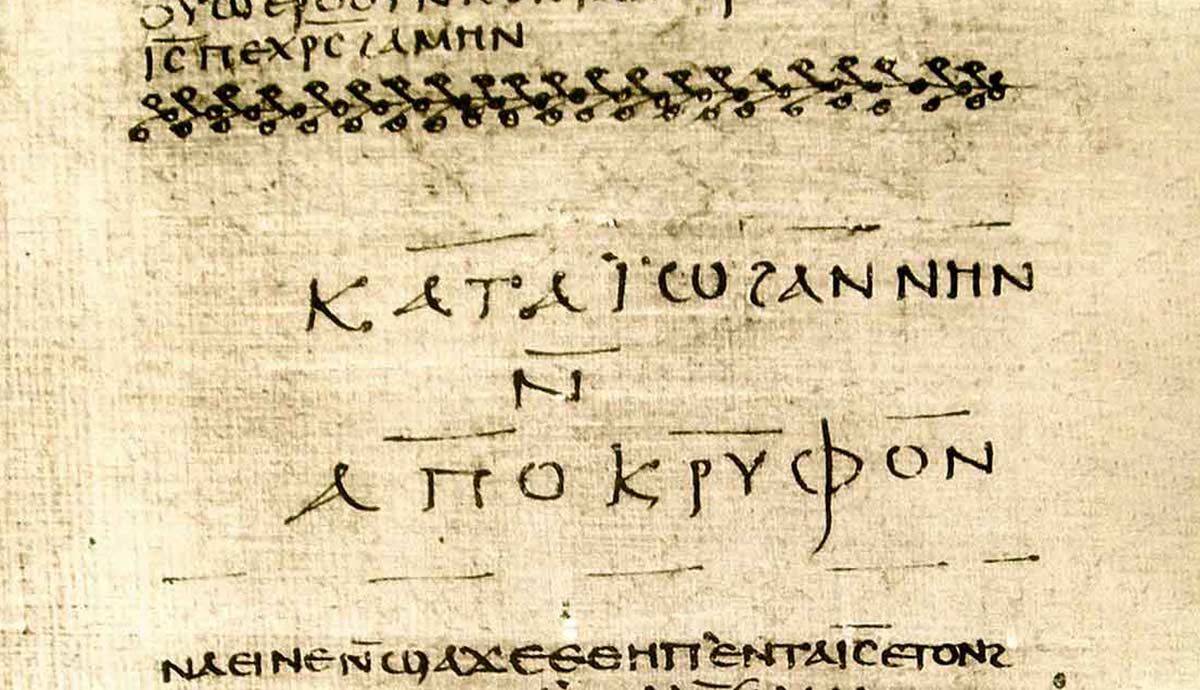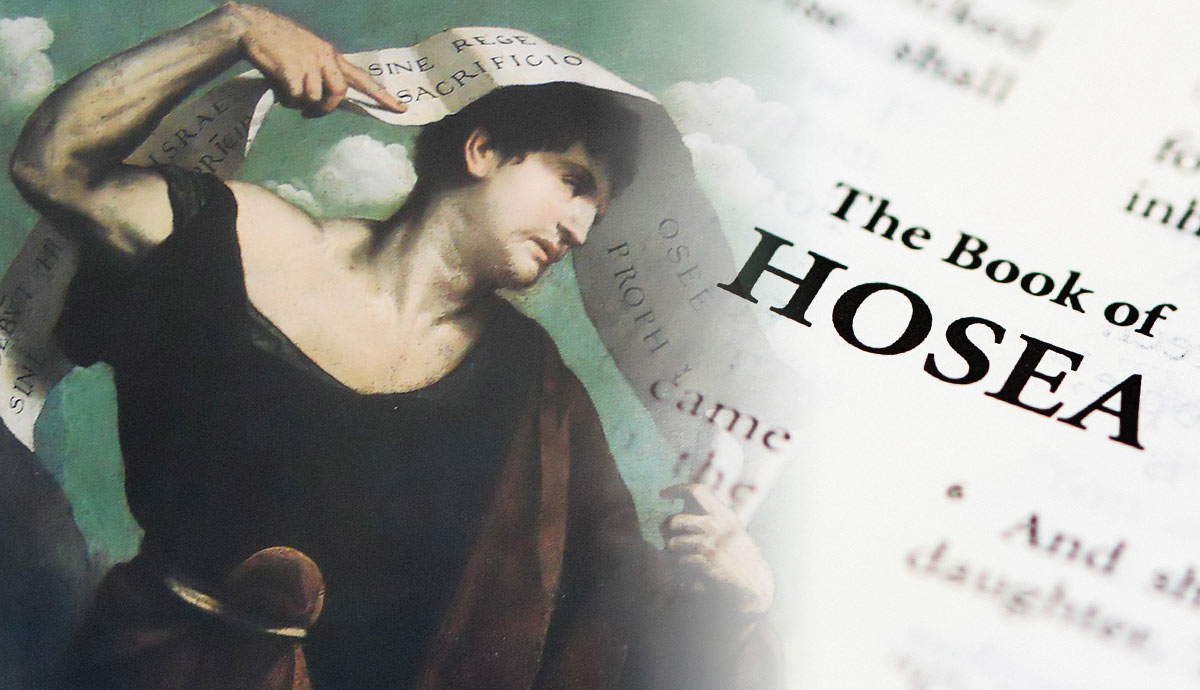
The Gospel of Thomas is a book of supposed sayings of Jesus Christ written sometime in 200-300 CE. While it is likely not written by any direct follower of Jesus, it provides important insight and perspective on the beginnings of the Church. We take a closer look at its historical context and conceptual significance.
History of the Gospel of Thomas

Until recently, the Gospel of Thomas was generally unknown outside of a few vague references from early Christian leaders. Hippolytus, a bishop of Rome (though not a Pope), wrote in the early 200s CE in his Refutation of All Heresies regarding a gnostic sect called the Naessenses:
“And concerning this (nature) they hand down an explicit passage, occurring in the Gospel inscribed according to Thomas, expressing themselves thus: He who seeks me, will find me in children from seven years old; for there concealed, I shall in the fourteenth age be made manifest. This, however, is not (the teaching) of Christ…”
Origen of Alexandria, around the same time, also mentions a Gospel of Thomas as being a non-orthodox work. Outside of Hippolytus and Origen, the Gospel of Thomas receives a few vague mentions by some church leaders, but its contents were never revealed. Other than the above mentions, the background of the Gospel of Thomas is unknown, other than the general time period of its writing and its similarity to other non-canonical writings.
A Discovery in 1945

In 1945, in the Egyptian town of Nag Hammadi, a discovery was made of various texts written on papyrus in the Coptic language. The texts were a collection of 52 Christian and gnostic works that were compiled and written 200-300 CE. Among the Nag Hammadi texts was the Gospel of Thomas. While not being explicitly gnostic, the discovery shows that it was “adjacent” to such texts and considered non-canonical by the church at large.
Content Within the Gospel of Thomas

The Gospel of Thomas is more of a listing of supposed sayings of Jesus Christ. Little of the book correlates to any actual saying of Jesus in the New Testament, and the sayings that do correlate either have material added or are removed from their context. For example:
“(100) They showed Jesus a gold coin and said to him, “Caesar’s men demand taxes from us.” He said to them, “Give Caesar what belongs to Caesar, give God what belongs to God, and give me what is mine.”
The saying mirrors Mark 12:17 when Jesus is questioned about paying taxes to Caesar by the Pharisees, and responds: “Render to Caesar the things that are Caesar’s, and to God the things that are God’s.” And they marveled at him. The Gospel of Thomas pulls it out of the situation Jesus was in, and also adds “give me what is mine.” The context is removed, and a possible theological implication is added that is a denial of Jesus’ Divinity or role within the Trinity.
The Gospel of Thomas Is Not in the New Testament

The early church rejected the Gospel of Thomas, among other books, for several reasons. First, it was clear to the early church that it was likely a forgery, and not written by the Apostle Thomas. Second, it contains ideas that are outside of standard Christian theology. The saying above not only changes the verse from Mark, but adds to it in a way that may reject Jesus Christ’s divinity or role in the Trinity. Finally, it was not in common usage among the churches following the time of the New Testament. Only a few disparaging remarks from early church leaders even mention it, and it was not copied and recopied many times as other books were, and by the 300s CE when the Biblical canon was generally agreed upon across the Church, it was not included.
The Gospel of Thomas, while not an orthodox document, help us understand how those who were exploring Christianity in the first century following the New Testament were trying to make sense of the new religion.










